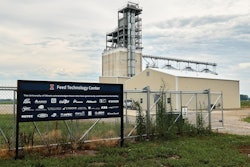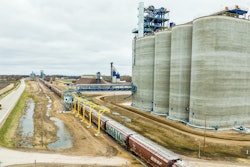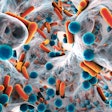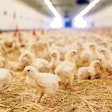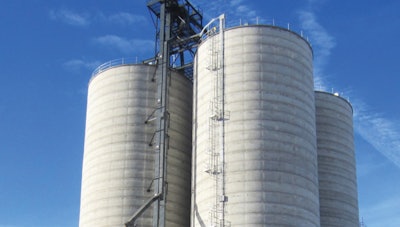
I started my career in the U.S. working for a feed company that had a dedicated piglet feed plant. Eventually, and before I departed for Europe, that plant was converted to an all-species mill.
Then, I did work for another feed plant that was manufacturing everything under the same roof. Afterward, as a consultant, I’ve seen many single-species versus multi-role feed plants across many parts of the world and they all have their positives and negatives. Here, I want to advocate for the need of dedicated feed plants — when there is an actual need for them — because I am a true believer of the quality aspects in specialty feeds.
And, indeed, it is specialty feeds that need the presence of a single-species — dedicated — feed mill. In my case, it was a feed mill that produced only piglet feeds. Not only the plant operators were well versed into making such difficult and sensitive feeds, but we were able to market this aspect in our sales efforts.
It all worked nicely because what we promised was what we delivered. And when I needed a very difficult feed to be pelleted, the plant manager took it personally to make it happen — and he did it. But that was possible because this was his only job.
Disadvantages of multi-species animal feed plants
Later on, I was not able to perform such “acrobatics” with far-reaching feeds because the feed mills I was working at or with were all multi-species and the plant managers were jacks-of-all-trades. Here, I might as well add what Napoleon once said in his “War Axioms:" when you try to be strong everywhere, you are weak everywhere. I think, this well describes the scope of our discussion here.
Much later, I worked with a customer who had a dedicated piglet feed plant. It was brand new, and as far as I know it still remains. They never got to operating it, and they are still buying piglet feeds from outside — and at a considerable cost, too.
All these remain a painful story, despite having a much better feed plant than many piglet feed manufacturers today. The reason was simple enough. Those who can operate such plants, that is, with success, are few and in high demand. You can find feed mill workers, but highly skilled operators who know how to handle sensitive and difficult products are not as easy to employ. In fact, they have always been in high demand.
Single-species animal feed plants can increase quality
I may as well add another case from my experiences. A large feed mill, somewhere in Europe, had three lines of products. One was premixes (vitamin and minerals), the second was concentrates and complete feeds, and the third was just for dry powder milk replacers. At some point, there was a terrible mix up as one large batch of milk replacers was contaminated with something safe for the animals but very hard to dissolve in water.
Thankfully, quality control caught on it quickly as luckily the substance discolored the milk replacer, and the product was stopped before shipment; but the damage was already done and at a considerable cost. As it happened, the same raw material in question existed in the same feed plant in two forms: one easily soluble for milk replacers and another not soluble at all for other applications. As it can be surmised, the two were mixed up as they were stored virtually side-by-side. Such mistakes are not uncommon in any kind of feed plant.
Finally, I cannot but add the case of copper and sheep products. Sheep are extremely sensitive to copper toxicity, and as such, their feeds require very little if any in terms of copper supplementations. Another plant, somewhere else, made a great premix for piglets, rich in copper to control diarrheas – my recipe! It was followed by a premix for sheep (unrelated to me) and as it was to be expected the sheep premix was found rich in copper. I was called to “investigate” and it was found that although the mixer was a horizontal one leaving no residue behind, the conveyor system was based on augers that do leave some residue at the bottom.
The feed plant was not aware of the sheep-copper problem, and they had not made copper-rich piglet premixes before. Thus, they did not flush the whole system, and the sheep premix ended up with more copper than it was needed. Luckily no sheep died, but that business was lost, and a valuable lesson was learned regarding the needed for ample communication between the nutritionist and the feed plant manager.
In brief, I will always ask for specialty feeds for sensitive animals to be manufactured in dedicated feed plants. This might be difficult and expensive, because sophistication -- and therefore cost in terms of labor and facilities -- is great, but there is no alternative to quality products.



